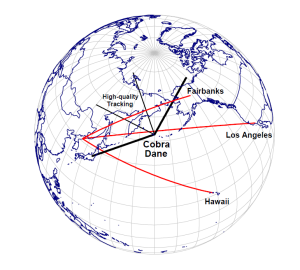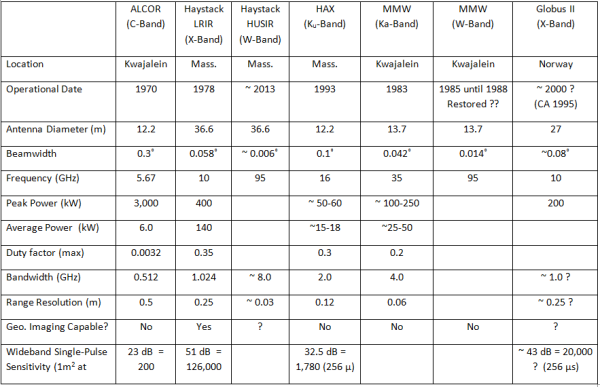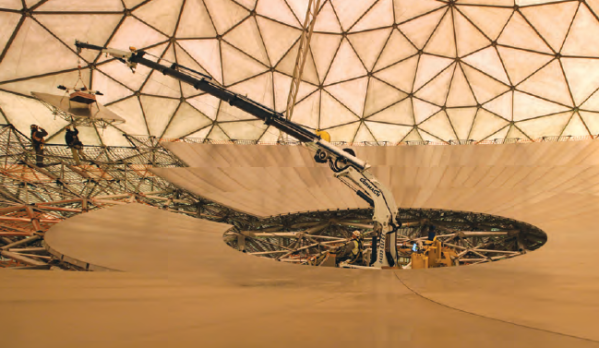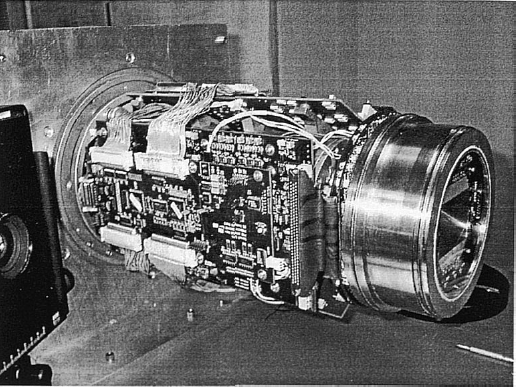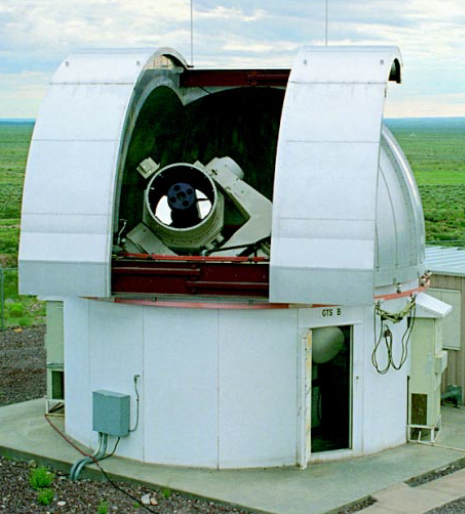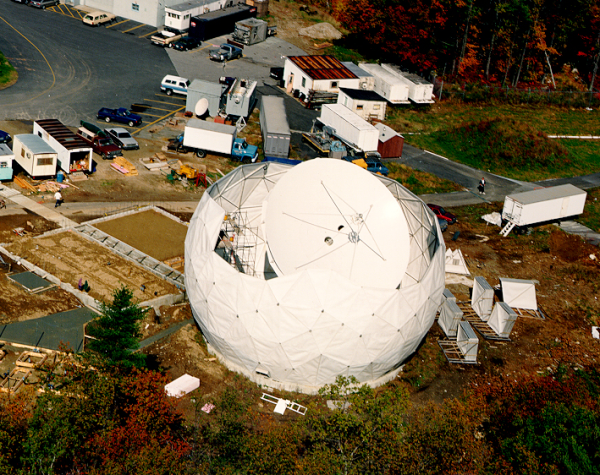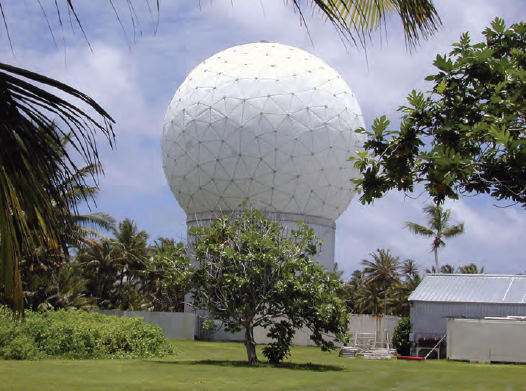As discussed in a recent post, as a result of sequestration, the Air Force had planned to reduce operations at several large radars used for space surveillance and ballistic missile defense. One of the radars expected to have its operations cut back was Cobra Dane, a large phased-array radar on Shemya Island at the western end of the Aleutians. According to General William Shelton, Commander of the Air Force Space Command, as a cost saving measure, the plan had been to cut the radar’s operation to one-quarter power for the rest of the year, which would save about $5 million.[1] This reduction would likely be accomplished by reducing the radar’s duty cycle (the fraction of the time it emits radar energy) from 6% to 1.5%, as has been done previously
Cobra Dane, originally built to gather intelligence on Soviet ballistic missile tests, is now also part of the U.S Ground-Based Midcourse Defense (GMD) system, which has 30 interceptors deployed in Alaska and Hawaii. It is also an important part of the U.S. space surveillance system, as it can detect and track objects in low Earth orbit down to sizes of about 5 centimeters, significantly smaller than any other radar in the network. Shelton stated that this cutback in power would have temporarily eliminated the radar’s space surveillance role, but that the U.S. had ways to compensate for this loss. Prior to 2003, Cobra Dane had operated at one-quarter power (also for cost reasons), with the ability to return to full power in 30 seconds if a missile test occurred. When full power operation was restored in March 2003, Cobra Dane was able to begin operating a high-elevation space surveillance “fence,” significantly enhancing the space surveillance system’s capabilities.
However, as a result of the ongoing tensions with North Korea, this planned cutback in Cobra Dane’s operations has been cancelled. This reversal is unlikely to affect the other two systems that had been scheduled to have their operations cut back, the large phased array radar at Cavalier Air Station in North Dakota and the Air Force Space Surveillance System at multiple sites in the southern United States, as neither is part of the current U.S. missile defense system.
